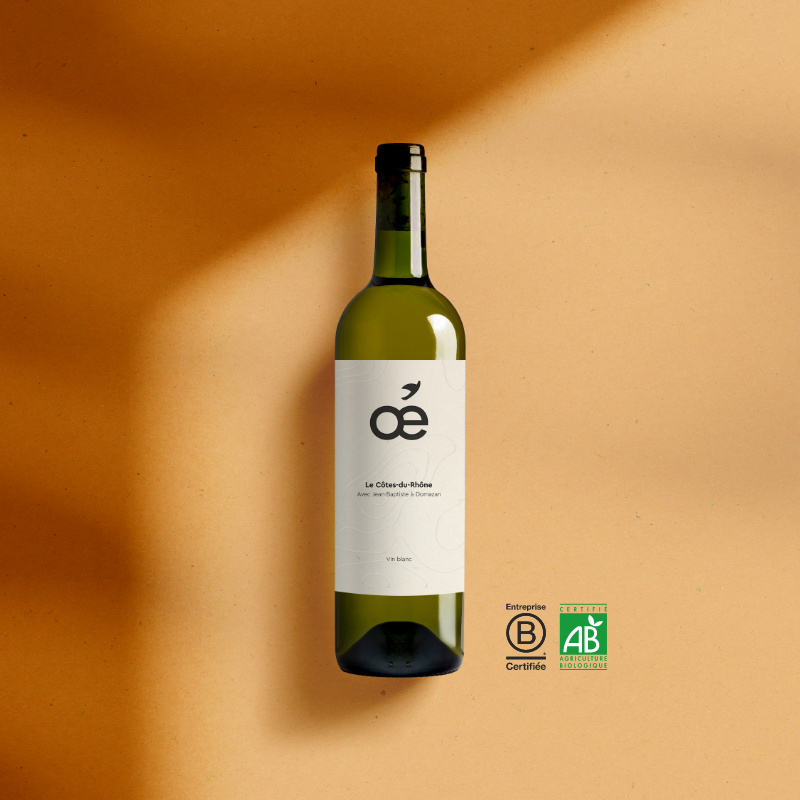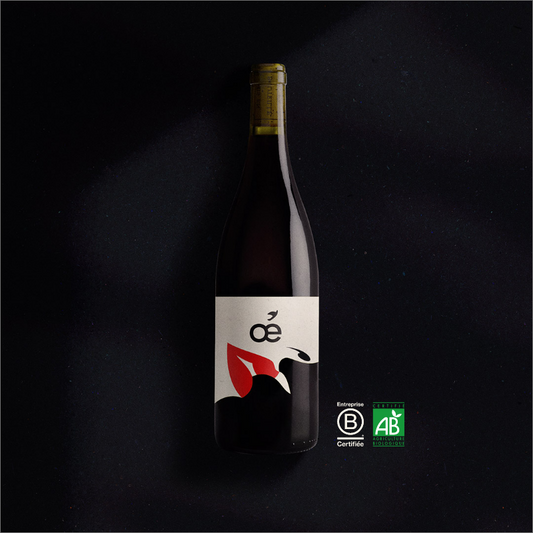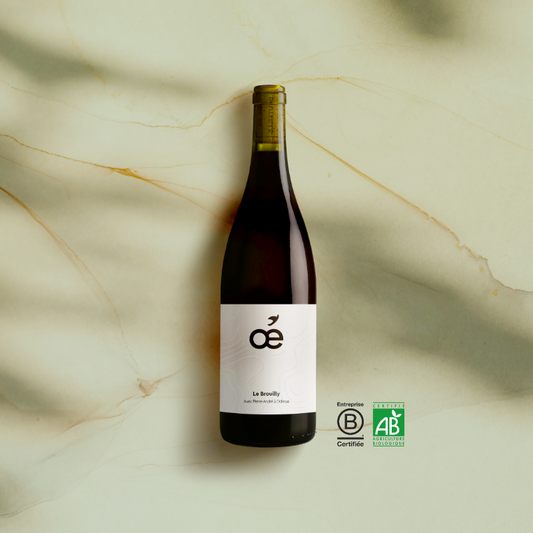Last week, Oé's com' and marketing department visited our partner Ma Bouteille s'appelle Reviens to learn more about washing our bottles of wine that we have decided to reuse #teamconsigne . We met Clémence who oversees the project.

How many of you work at Ma Bouteille s'appelle Reviens?
“There are 3 of us at Ma Bouteille s'Appelle Reviens . For my part (Clémence), I coordinate the project in the Drôme region, and I work with a technical manager and a sorting and washing collection agent. I take care of relaunching the deposit in Drôme and Ardèche and in charge of the development of the structure.”
How did you become interested in reusing glass and since when?
“Simply for the history of the territory. The Drôme-Ardèche has been asking questions for a while about the reuse of bottles and how to do its part in terms of ecology. As a result, in 2017 we wanted to dig deeper into the subject. It's really a shame to produce locally and to go and buy bottles that cover thousands of kilometres. In fact, it doesn't make sense. We cannot produce locally, make efforts on the origin of the products and package or bottle in bottles that come from far away. So we did a market study, then a feasibility study. It is a global approach. Before, I worked on projects around employment to promote short circuits and employability.”

Thomas, our co-founder and expert bottle washer!
How does bottle washing work?
“We are already starting by 'educating' - raising awareness is perhaps a better term - producers on bottles and labels. They are not all washable and not all labels are compatible with the machine. Then, when the bottle - compatible - arrives at our house, it is sucked up by the machine. We start a 20-minute washing cycle in a soaking bath, we wash at 70°, the bottles are turned over and the water and soda wash them. When the bottles come out of the machine, they pass through an insufflator which infiltrates air inside the bottle to dry it. The bottle then passes through a mirage zone to see if it is in good condition: crack, dirt, or unsuitable for reuse. That's it ! It then goes to the palletization area to be sent back to the bottler of your choice.”

Here is the beautiful returnable bottle washing machine!

Here is the candling area to check that the bottles are fit to return to the circuit
How should consumers return their bottles once tasted?
“Clean! (laughs). An explanatory note is given where the consumer is asked to rinse the bottle , store it indoors and bring it back without the cork . Nothing complicated but we have to go through this stage of awareness.
If you had to send a message to consumers, what would you tell them?
“I would say to consume as locally as possible . Following the confinements, consumption is more and more local and we realize that more of us are being vigilant about the origin of the products and where the container comes from to limit its ecological impact. So let's keep it up!"

Recycling vs reuse
Recycling and reusing glass bottles are not the same things.
Recycle: we break and then make a new bottle.
Reuse : we reuse bottles that have already been used.
90% of consumers are in favor of returning the deposit. The deposit favors local purchases. When you have to bring the bottle back to your trader, it's better not to be hundreds of kilometers away. It also makes it possible to reinforce attractiveness and to stand out from the competition. Currently, the fact of setting up the deposit does not bring in money, it even causes a little loss. On the other hand, it brings commitment, and helps to retain customers.





